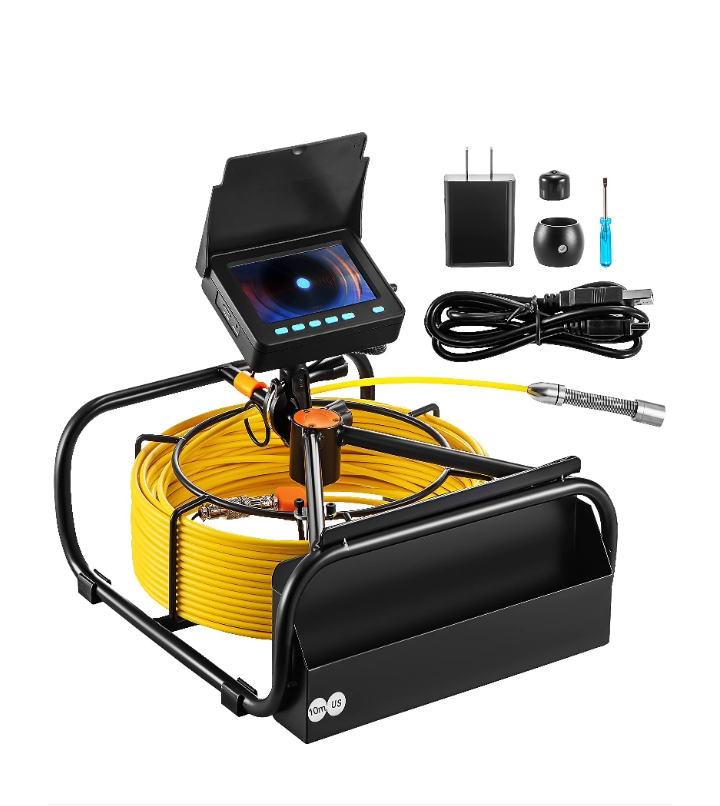The Essence of Regression Testing: Ensuring Software Quality

In the unique universe of programming improvement, guaranteeing that a product application capabilities true to form is a foremost concern. Relapse testing, frequently thought to be the foundation of value confirmation, assumes a critical part in keeping up with the honesty and unwavering quality of programming items. In this article, we will dive into the complexities of relapse testing, investigating its importance, reason, and strategies to guarantee that your product stays vigorous and without bug.
What is Regression Testing?
Regression testing is a methodical quality confirmation process pointed toward distinguishing any accidental secondary effects or bugs that might emerge when new code is added or existing code is changed in a product application. It is a fundamental piece of the product improvement lifecycle (SDLC) that keeps up with the solidness and usefulness of a product framework.
The Meaning of Relapse Testing
Keeping up with Programming Quality: As programming applications advance and develop, new highlights and improvements are added, and messes with are fixed. In any case, these progressions can unintentionally present new issues or cause existing functionalities to break. Relapse testing guarantees that current highlights keep on working accurately after each code change, protecting generally programming quality.
Saving Time and Assets: Distinguishing and resolving issues in the beginning phases of improvement is fundamentally more financially savvy than tending to them later in the SDLC. Relapse testing helps get messes with quickly, diminishing the time and exertion expected for investigating and support.
Regression Testing Techniques
Re-running Experiments: The central way to deal with relapse testing includes re-executing recently made experiments to guarantee that they actually pass after code changes. These experiments cover basic functionalities and use cases inside the product.
Computerised Relapse Testing: Computerization apparatuses, like Selenium, Appium, and JUnit, are broadly used to smooth out relapse testing. Mechanised tests can be executed rapidly and reliably, making them priceless for projects with continuous code refreshes.
Consistent Combination (CI): CI pipelines frequently consolidate relapse tests, consequently running them at whatever point new code is pushed to the store. This training guarantees that any reconciliation issues or relapses are instantly distinguished.
Particular Relapse Testing: now and again, it may not be useful to run the whole set-up of relapse tests because of time limitations. Particular relapse testing includes picking explicit experiments in view of their importance to the progressions made, enhancing testing endeavours.
Challenges in Regression Testing
Test Information The executives: Keeping up with and refreshing test information can be an intricate errand, particularly for applications with huge datasets or data sets. Guaranteeing that the test climate reflects the creation climate is critical.
Experiment Upkeep: As the product advances, experiments might should be refreshed to reflect changes in usefulness. Neglecting to do so can prompt bogus up-sides or misleading negatives during relapse testing.
In Conclusion
Relapse testing is a key practice for programming advancement groups focused on conveying excellent items. It guarantees that new highlights and code alterations don’t incidentally present imperfections, hence keeping up with the trust of end-clients. Via computerising test execution and incorporating relapse testing into the CI/Album pipeline, groups can smooth out the cycle and recognize gives early, at last saving time and assets. In the consistently advancing scene of programming improvement, relapse testing stays a foundation chasing greatness.
All in all, by appreciating the meaning of relapse testing and integrating it into your product improvement process, you can guarantee that your product stays powerful, dependable, and without bug.




